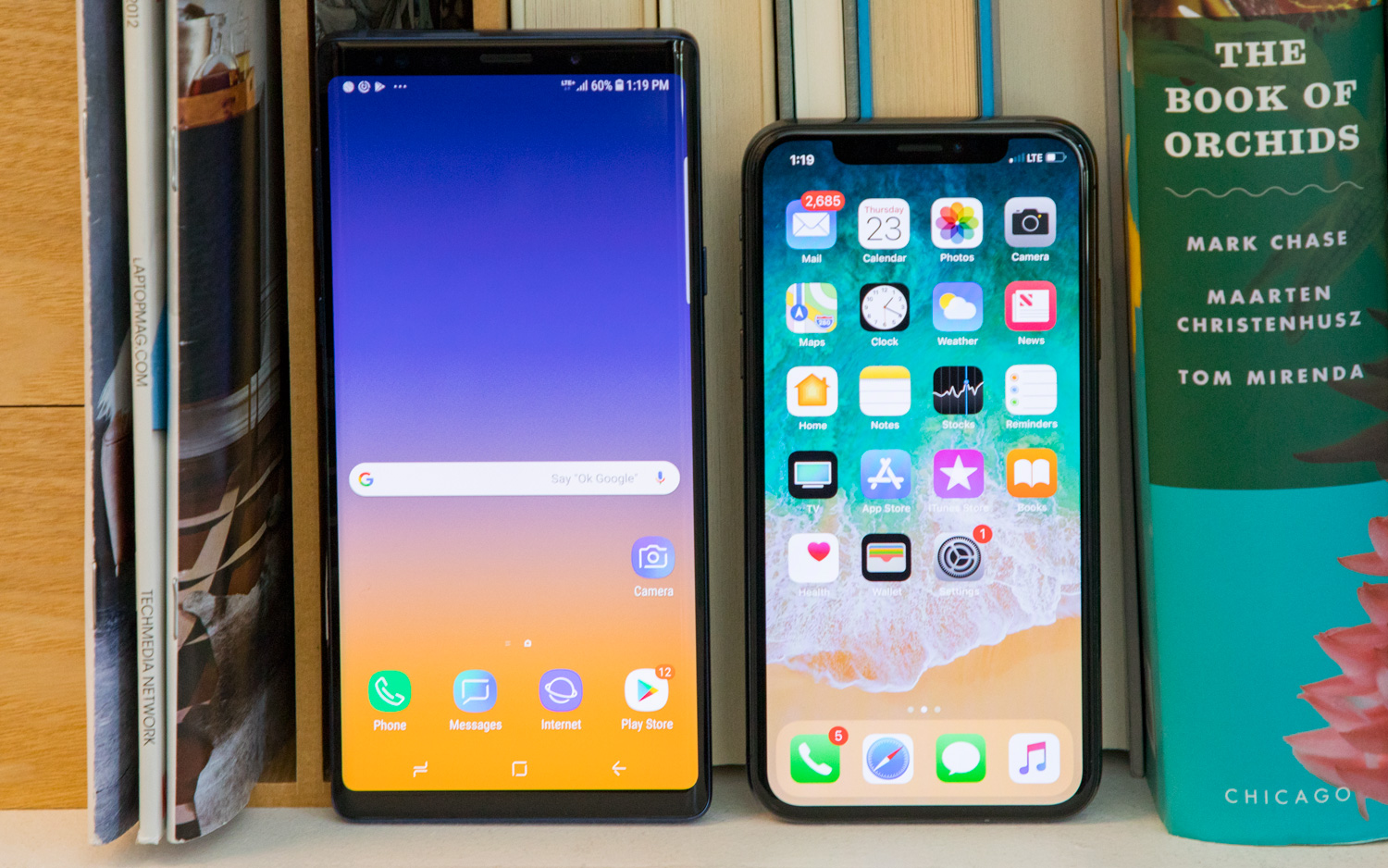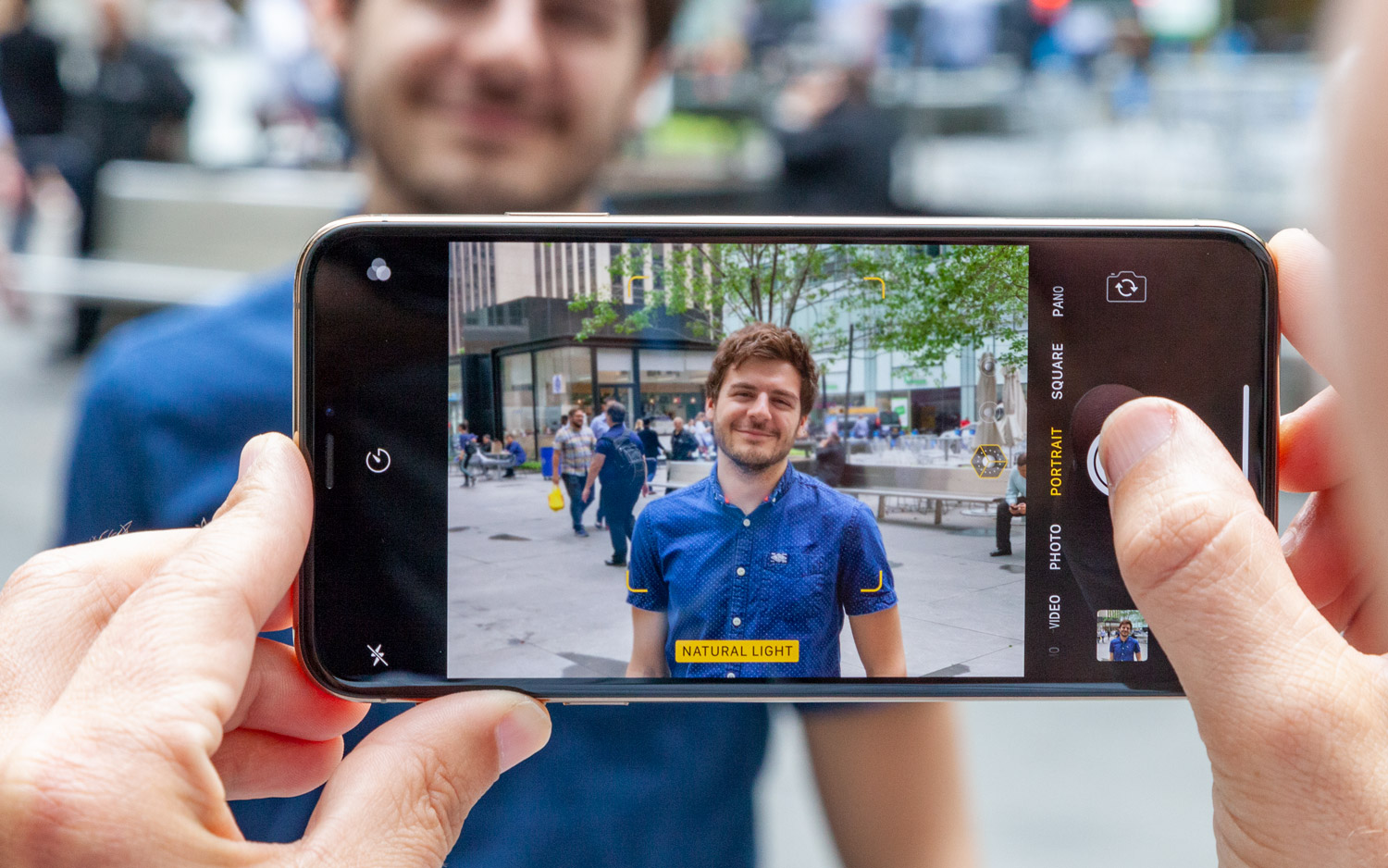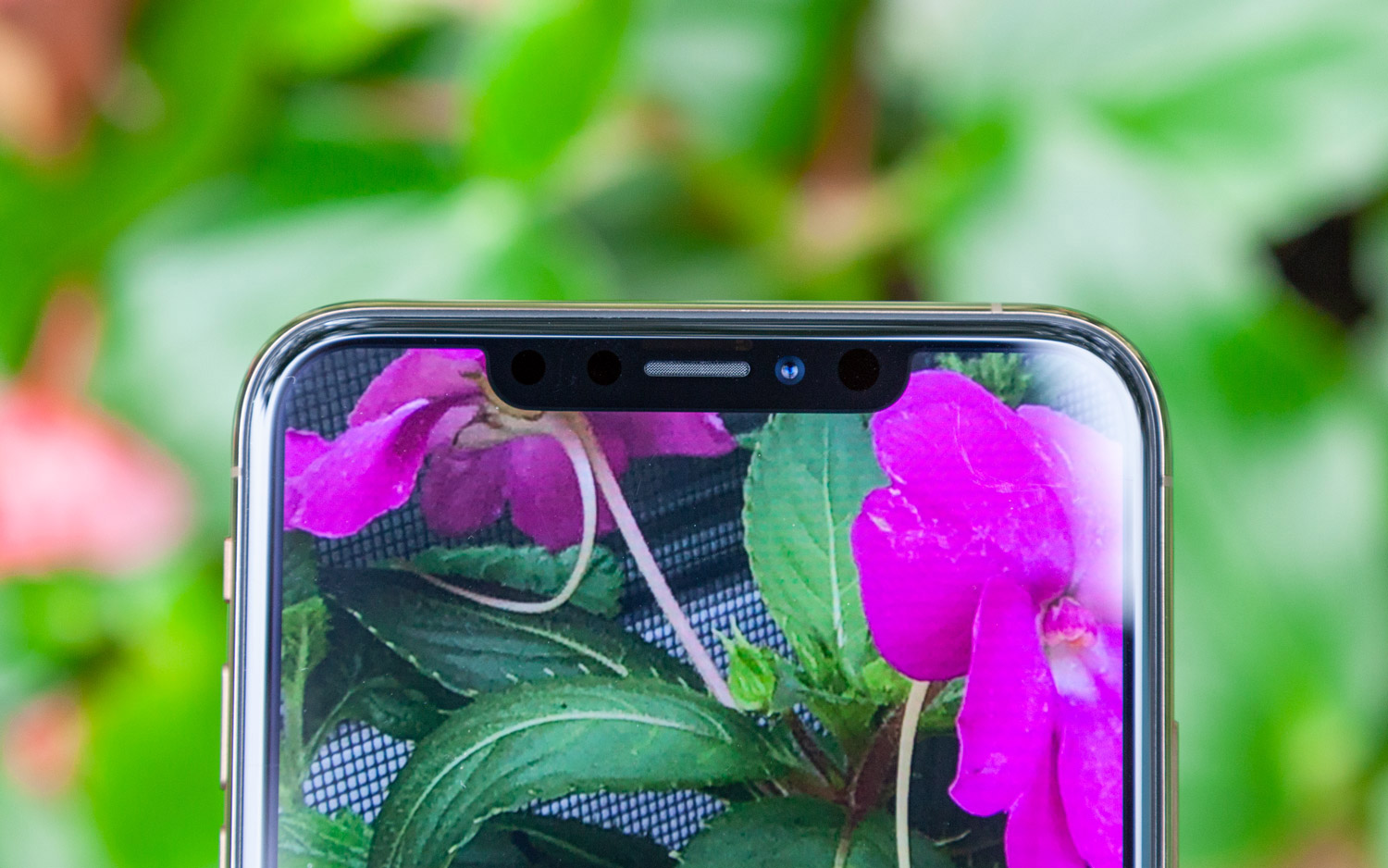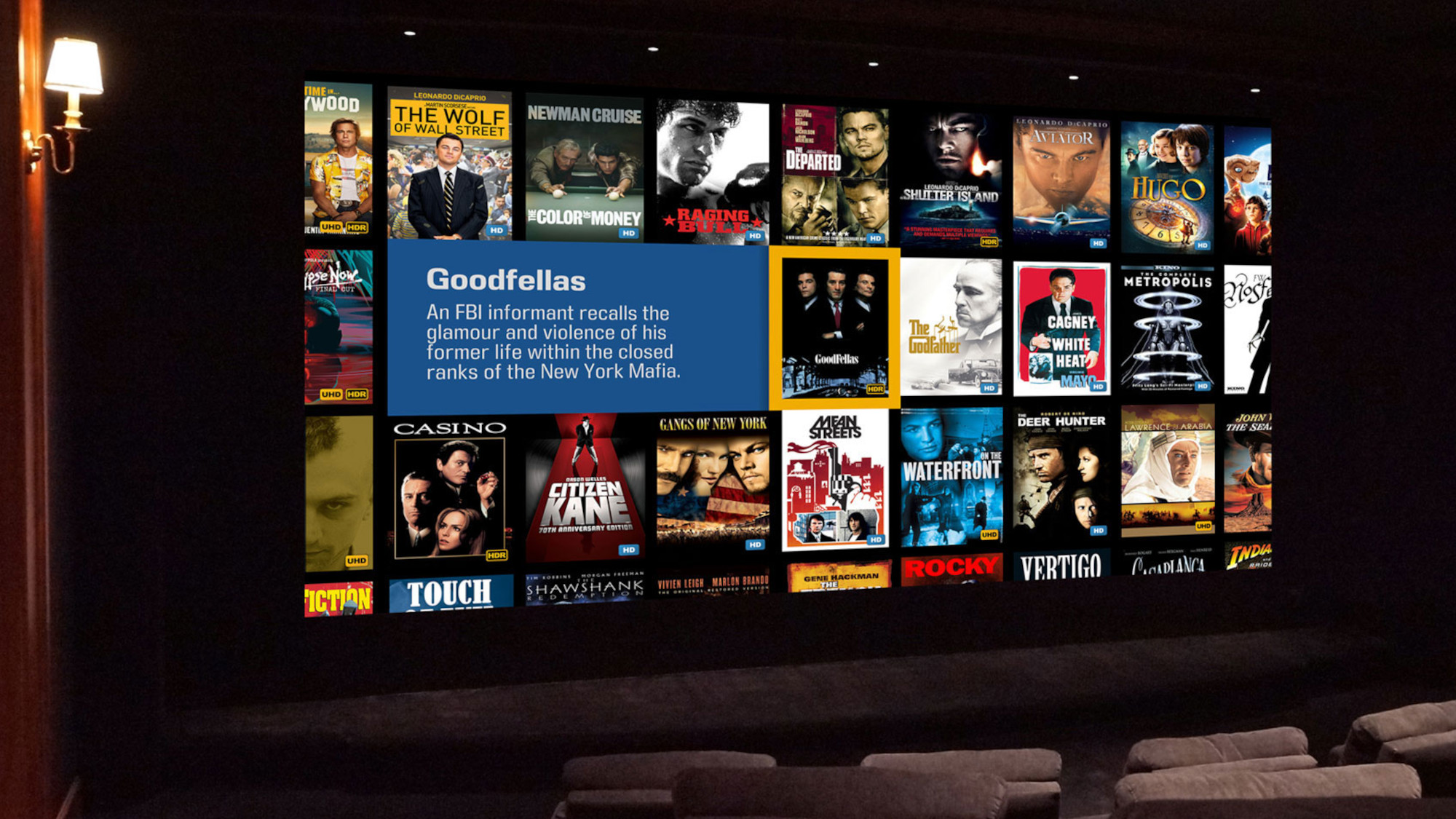iPhone XS vs. Galaxy Note 9: Why Apple's Camera Wins
How do the iPhone XS' new dual cameras compare to those of the Galaxy Note 9? We went on a photo tour with both phones to find out.
The camera on last year's iPhone X impressed us out of the gate, but Apple was unable to hold the lead for long. Fierce competition from Google's Pixel 2, Huawei's P20 Pro and Samsung's Galaxy S9 series left the iPhone X looking a lot less like a leader in mobile imaging. But the iPhone XS and iPhone XS Max promise better photo quality, thanks to a new sensor and welcome new features like Smart HDR.

The Galaxy Note 9 has a pretty advanced camera, too. For example, the Note 9's rear shooter has a variable aperture that can switch between f/1.5 and f/2.4, depending on the necessities of the scene. Additionally, the Note 9 employs Samsung's new Scene Optimizer technology, which leverages AI to tune images, depending on the type of scene that's being shot.
Both phones have dual, wide-angle and telephoto 12-megapixel lenses equipped with optical image stabilization, both are capable of 2x optical zoom and both can capture shallow depth-of-field portraits with bokeh that can be manipulated after tapping the shutter.

To crown a winner, we took to the streets of New York City to capture an assortment of photos across all types of scenarios, from a sunny morning to a starry night. Here's how they compared.
Flower
We start out with a pair of images of yellow irises captured outside Bryant Park on an overcast afternoon. There's a very clear difference in terms of contrast between the two handsets: The Note 9 favors deeper shadows and brighter highlights, while the iPhone XS steers clear of the highs and lows and delivers an image that is more balanced and less unrealistically saturated. But as a result, the image looks a bit washed out.
It's a close call that sets the tone for the rest of this comparison: the iPhone tends to produce more natural photos, while the Note 9 often generates dramatic shots that seem lightly edited. Ultimately, they're different approaches to image processing, and users are likely to fall in one camp or the other. But in this case, we give it to the Note 9 for the punchiness of the yellow and the depth that the more robust contrast lends to the overall composition.
Winner: Galaxy Note 9
Bar
That leads us to another comparison where the differences between the iPhone XS and Note 9 are very stark. Straightaway, it's easy to tell that Samsung's shooter opted for a warmer color balance. There's a glow to those overhead lamps that's lacking in the iPhone XS' shot, though the iPhone XS doesn't blow out the highlights in the same way.
Upon closer inspection, though, the iPhone XS does a significantly better job of capturing the details. Notice how the labels on the bottles are more legible in Apple's effort, and the texture of the man's shirt in the foreground is just glazed over by the Note 9's aggressive algorithms. The Note 9 paints a warm and inviting scene, but when realism and clarity are paramount, the iPhone XS steps up.
Winner: iPhone XS
Hot Dog Cart
The Note 9 opted for its narrower f/2.4 aperture for this shot, which explains its darkness compared to the iPhone XS' f/1.8 rendition. The Note 9's aperture can be controlled manually, but in these tests, we left it in automatic mode.
The result is an image that's simply too dim and even a little blurrier than the iPhone's example. That second complaint is particularly surprising, because you'd expect the smaller aperture to deliver a crisper photo. That said, both phones negotiated the intense light from the bulbs quite well.
Winner: iPhone XS
Outdoor Cafe
Viewing an outdoor cafe from afar gave us the perfect opportunity to test the 2x optical-zoom functions in both of these handsets as well as the quality of their secondary lenses. And it's here where the iPhone XS enjoyed one of the most decisive victories of the entire comparison.
The Note 9's telephoto lens blows out far too much of the frame. In fact, the entire background is oversaturated in intense white, especially surrounding the buildings behind the cafe. The details at the fringes also get really hazy through the Samsung lens, like the people toward the right edge of the image. On the iPhone, these patrons are depicted clearly, but the Note 9 turns them into bright, glowing smudges.
Winner: iPhone XS
Portrait
The Tom's Guide office was admittedly torn on this one. Some of us preferred the drama of the Note 9's vivid hues and intense contrast. Others preferred the warmth and balance of the iPhone XS' portrait.
Ultimately, the devil is in the details, as we found again when we zoomed into each photo. The Note 9 muddies the texture of Caitlin's shirt and takes too many liberties with the tone of her skin. There was also a critical error in the Note 9's bokeh — the phone didn't apply the blur to a man walking in the background. The iPhone avoided both pitfalls, earning it the win here.
Winner: iPhone XS
Church
The Note 9 may be falling behind in this battle, but it appears Apple's imaging engineers still have something to learn from the way Samsung's hero device performs at night. This rather dramatic shot looking up at a church may be a bit clearer through the iPhone XS' lens, but the Note 9 illuminates more of the scene, allowing you to see all the way up to the top of the building. On the iPhone, those upper reaches quickly become shrouded in darkness.
That's not to say the iPhone handled other aspects better: most notably, the color of the church's brick surface. And while it wasn't quite as warm as Samsung's flagship might lead you to believe, overall, the Note 9 wins for producing something far more visible, given the unfavorable conditions.
Winner: Galaxy Note 9
Cupcakes
A box of gourmet cupcakes produced one of the closest calls of the entire comparison. The Note 9's attempt stands out for its slightly cooler white balance and more pronounced contrast. The finer details are also more readily apparent through Samsung's lenses — notice how much more legible the "Back to School" text is, and the precision with which the Note 9 captures the cloth-like texture.
The iPhone XS couldn't quite compete with that, nor could it render the sugar crystals with the same kind of attention to detail as the Note 9's effort. However, the iPhone XS did succeed when it came to capturing the glossiness and specular highlights of the icing — so you could argue its cupcakes look a bit more appetizing, even if the overall shot is comparatively more dull.
Winner: Galaxy Note 9
Sky
Neither of these images turned out particularly well, but you tempt fate anytime you point a camera into the sun. There's a noticeable lens glare on the lower-left corner of the iPhone XS' shot that doesn't happen on the Note 9's attempt. However, Samsung's flagship delivers ugly artifacts in the opposite corner, with a swath of pink static marring an otherwise sunny afternoon scene.
The iPhone's cooler hues actually feel a little less appropriate here, but then again, Apple's phone navigates the highlights significantly better, pulling more blue out of the sky and painting the clouds with greater nuance than Samsung's phone could manage. The iPhone also retains its reputation for sharper images as you zoom in; it renders the texture of the library in the background with better precision than the overly processed and blurry effort from the Note 9.
Winner: iPhone XS
House
We end the comparisons with one more nighttime shot, captured without the use of HDR on either phone. Surprisingly, the results are quite good from both rivals. The long shadows from the spotlighting lend themselves to a very dramatic scene that tests the cameras' capability to illuminate the darker regions while keeping those bright spots in check.
The iPhone XS just edges the Note 9 in a few key areas. Notice how the light from the window above the door and the part of the porch closest to the foreground are less blown out than those same areas in Samsung's attempt. And pay special attention to the surfaces of the three buildings, which are a bit brighter, warmer and more visible on Apple's handset.
Winner: iPhone XS
Overall Winner: iPhone XS
| Row 0 - Cell 0 | Apple iPhone XS | Samsung Galaxy Note 9 |
| Flower (Outdoor) | Row 1 - Cell 1 | ✓ |
| Bar (Indoor) | ✓ | Row 2 - Cell 2 |
| Hot Dog Cart (Outdoor) | ✓ | Row 3 - Cell 2 |
| Cafe (Outdoor) | ✓ | Row 4 - Cell 2 |
| Portrait (Outdoor) | ✓ | Row 5 - Cell 2 |
| Church (Night) | Row 6 - Cell 1 | ✓ |
| Cupcakes (Indoor) | Row 7 - Cell 1 | ✓ |
| Sky (Outdoor) | ✓ | Row 8 - Cell 2 |
| House (Night) | ✓ | Row 9 - Cell 2 |
| Overall | 6 | 3 |
Despite the fact that we're dealing with a pair of $1,000-plus phones here, the cameras in the latest iPhone and Galaxy Note are less similar than you might expect. The iPhone XS opts for realistic colors, muted contrast and sharper details, while the Note 9 seemingly applies more aggressive processing — aided by Samsung's AI Scene Optimize, — to produce shots that are more striking and in many cases, more dramatic.

Whichever one you prefer is a matter of taste. But across the majority of scenarios, we found that the iPhone XS was consistently more likely to produce the kinds of images we wanted to share. Mind, it's not quite perfect; although Apple has certainly stepped up its low-light game, the Note 9 was never far behind and, in the case of that one extremely dim church shot, Samsung's handset had the upper hand. But overall, Apple delivered another brilliant pair of shooters in the iPhone XS that continue to push the boundaries of what a mobile device can do.
However, the rate of progress isn't slowing down. The iPhone XS will have a new challenger to fend off in the coming weeks, as Google unveils its Pixel 3. That face-off could very well decide the best smartphone camera for the upcoming year, but until then, the iPhone XS gets to walk away with its head held high.
Credit: Tom's Guide
Sign up to get the BEST of Tom's Guide direct to your inbox.
Get instant access to breaking news, the hottest reviews, great deals and helpful tips.
Adam Ismail is a staff writer at Jalopnik and previously worked on Tom's Guide covering smartphones, car tech and gaming. His love for all things mobile began with the original Motorola Droid; since then he’s owned a variety of Android and iOS-powered handsets, refusing to stay loyal to one platform. His work has also appeared on Digital Trends and GTPlanet. When he’s not fiddling with the latest devices, he’s at an indie pop show, recording a podcast or playing Sega Dreamcast.
-
maxcaos Why don't you take a bunch of random pictures again and let us select the ones that we like best for your winner because this seemed very very biasedReply -
a.lukas.uk I disagree with some of the verdicts. In my opinion, most of the photos taken with the Galaxy Note 9 look overall better than the ones from iPhone XS. Of course, this can be subjective and up to one's personal preference and liking but I wouldn't rely too much on the reviewer's overall judgment here. Also, you can see there has been quite a lot of post-processing with the new iPhone XS's "smart HDR" mode used, which in my opinion makes the photos less natural. Just a software trick.Reply -
darnel345 This is very biased. Some of the pictures that were deemed worse are better than the Note 9.Reply
These type of test are based solely on opinion and have little to no scientific basis behind it. This is so subjective that I struggle to see how anyone could legitimately call this a "test". -
darnel345 I realize I had an error in my post. What I was trying to say was that I felt the Note 9 produced better pictures.Reply -
noahplayscello I was 6 to 3 too, in favor of the Note. You guys can't can't "declare a winner" just because some biased guy who works for you thinks the XS's washed out photos are more "true to life".Reply -
mayga3513 Okay dude, the pics aren't of the same thing and there is nothing that is compelling enough to say XS takes better pictures. The comments on this post and the pictures themselves tell the unbiased story.Reply -
tom.deberardine If you're gonna say the iPhone took better pictures than the Note9, you should at least make sure the pictures ARE actually better. Or at least leave it to a consensus vote or something. Otherwise your article looks like a totally biased load of hot garbage...Reply
